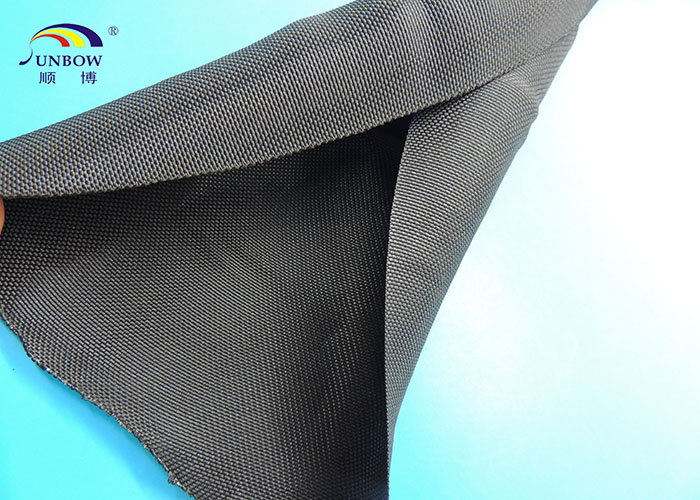
Title: The Mainstream Self-Volume Textile Sleeve Production Process
Introduction (100 words)
Textile sleeves are an essential component in various industries, providing protection, insulation, and aesthetic appeal to a wide range of products. The production process for self-volume textile sleeves has evolved significantly over the years, incorporating advanced technologies and innovative techniques. This article aims to explore the mainstream production process of self-volume textile sleeves, highlighting the key steps involved and the advancements that have revolutionized the industry.
1. Design and Material Selection (200 words) The production process of self-volume textile sleeves begins with the design phase, where the desired specifications and requirements are determined. This involves considering factors such as the intended application, dimensions, material properties, and aesthetic preferences. Once the design is finalized, the appropriate materials are selected, taking into account factors like durability, flexibility, heat resistance, and chemical compatibility.
2. Cutting and Shaping (200 words) After material selection, the next step in the production process is cutting and shaping the textile sleeves. This is typically done using computer-controlled cutting machines that ensure precision and accuracy. The machines are programmed with the design specifications, and the fabric is cut accordingly. Advanced cutting techniques, such as laser cutting, have gained popularity due to their ability to produce intricate designs and minimize material waste.
3. Joining and Bonding (250 words) To create a seamless and secure textile sleeve, joining and bonding techniques are employed. This step involves connecting the cut fabric pieces together using various methods, such as sewing, heat sealing, or adhesive bonding. Sewing is a traditional technique that provides strength and durability, while heat sealing and adhesive bonding offer a more streamlined and aesthetically pleasing finish. The choice of joining method depends on factors like the material type, intended use, and desired appearance.
4. Finishing and Surface Treatment (250 words) Once the textile sleeve is joined and bonded, it undergoes finishing and surface treatment processes. Finishing involves removing any excess threads, ensuring uniformity, and enhancing the overall appearance. Surface treatment techniques, such as coating or laminating, may be applied to provide additional functionalities like water resistance, flame retardancy, or anti-static properties. These treatments not only enhance the performance of the textile sleeve but also extend its lifespan.
5. Quality Control and Testing (200 words) Quality control is a crucial aspect of the production process to ensure that the textile sleeves meet the required standards and specifications. Various tests are conducted to assess factors like dimensional accuracy, strength, flexibility, and resistance to environmental conditions. These tests may include tensile strength testing, abrasion resistance testing, colorfastness testing, and thermal stability testing. Any defects or deviations from the desired specifications are identified and rectified before the final product is approved for distribution.
6. Packaging and Distribution (150 words) The final step in the production process involves packaging and distribution. The textile sleeves are carefully packaged to protect them during transportation and storage. Packaging materials may include plastic bags, cardboard boxes, or shrink wrap, depending on the size and quantity of the sleeves. Efficient logistics and distribution networks ensure that the textile sleeves reach their intended destinations promptly and in optimal condition.
Conclusion (100 words) The mainstream production process of self-volume textile sleeves encompasses several crucial steps, from design and material selection to packaging and distribution. Technological advancements have played a significant role in streamlining and enhancing the production process, resulting in high-quality, durable, and aesthetically appealing textile sleeves. As industries continue to evolve, the production process is likely to witness further advancements, enabling the creation of innovative and versatile textile sleeves to meet the ever-changing demands of various applications.




